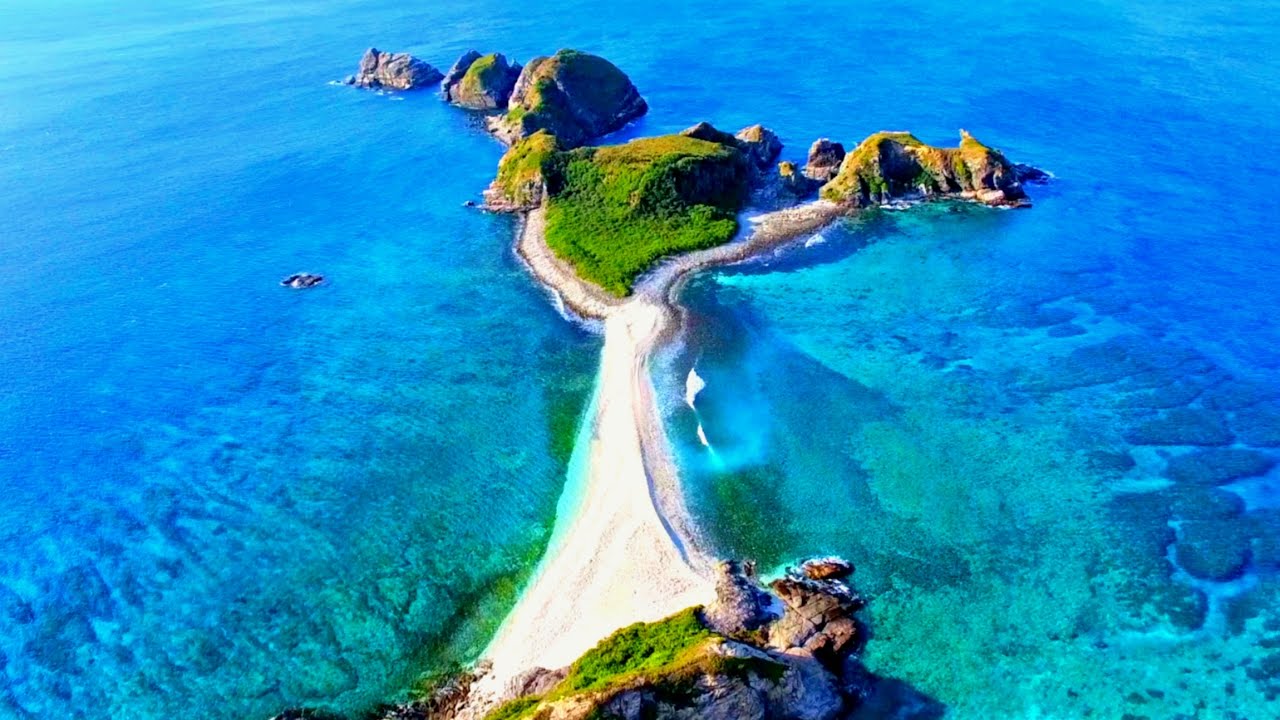Seasons & What to Expect: When to Visit Japan’s Beaches

Japan’s beaches offer a variety of experiences throughout the year, with each season bringing unique weather, scenery, and local activities. Understanding the seasonal patterns can help travelers plan a safe and enjoyable visit. From cherry blossom season in spring to summer swimming and late autumn walks, Japan’s coastal regions provide something for everyone.
Spring: Mild Weather and Cultural Festivals
Spring in Japan, typically from March to May, is a period of mild temperatures and blossoming landscapes. Coastal areas are generally less crowded than the summer months, making it a pleasant time for beach walks, photography, and exploring coastal towns. Many beachside communities host spring festivals, including local markets, traditional performances, and seasonal food stalls. While swimming may be too cool for most visitors, the beaches are ideal for enjoying scenic views and leisurely outdoor activities.
Summer: Warm Waters and Active Beach Life
Summer, from June to August, is the peak season for beachgoers. Temperatures are warm, and the water is inviting for swimming, snorkeling, and water sports. Popular beaches, such as those in Okinawa and the Shonan Coast, become lively with visitors enjoying seaside activities. Many coastal towns hold summer festivals, including fireworks displays, live performances, and night markets. Travelers are advised to plan accommodations and transport in advance, as this is a busy travel period.
Autumn: Comfortable Weather and Scenic Views
Autumn, from September to November, brings cooler temperatures and fewer crowds. The beaches are quieter, making it a good time for relaxing walks, photography, and cycling along coastal trails. This season is also ideal for tasting seasonal seafood and visiting local markets. Visitors should be aware of occasional typhoon activity early in autumn and check weather forecasts before planning outdoor activities. The calm atmosphere allows travelers to enjoy Japan’s beaches in a more serene setting.
Winter: Peaceful Shores and Off-Season Exploration
Winter, from December to February, is the off-season for most Japanese beaches. While swimming is generally not recommended due to cold water, this period offers peaceful coastlines and unique landscapes, including snow-dusted shores in northern regions. It’s a good time for coastal hiking, photography, and exploring nearby towns without the crowds. Some southern beaches, particularly in Okinawa, maintain mild temperatures and can be enjoyed for walks and sightseeing even during winter months.
Tips for Seasonal Beach Travel
When planning a visit to Japan’s beaches, consider your preferred activities and the season. Spring and autumn are ideal for quieter exploration and cultural experiences, while summer is perfect for swimming and festival activities. Always check local weather conditions, including typhoon warnings in summer and autumn, and be prepared with appropriate clothing and gear. Bringing sunscreen, hats, and water is recommended for warmer months, while layered clothing is advisable in cooler seasons.
Combining Coastal Visits with Local Experiences
Visiting beaches in different seasons can also provide opportunities to experience local culture, food, and festivals. Coastal towns often offer seasonal seafood, artisanal products, and cultural events aligned with the time of year. Planning beach visits alongside local markets, sightseeing, and seasonal events enhances the travel experience and allows visitors to connect with the community and environment of Japan’s coastline.
Conclusion
Understanding Japan’s seasonal patterns helps travelers plan beach trips that suit their preferences, whether it’s swimming in summer, enjoying spring festivals, or walking along quiet autumn shores. Each season brings a distinct atmosphere, allowing visitors to experience Japan’s beaches in different ways. With proper planning and attention to weather, travelers can enjoy safe, memorable, and culturally rich seaside experiences throughout the year.